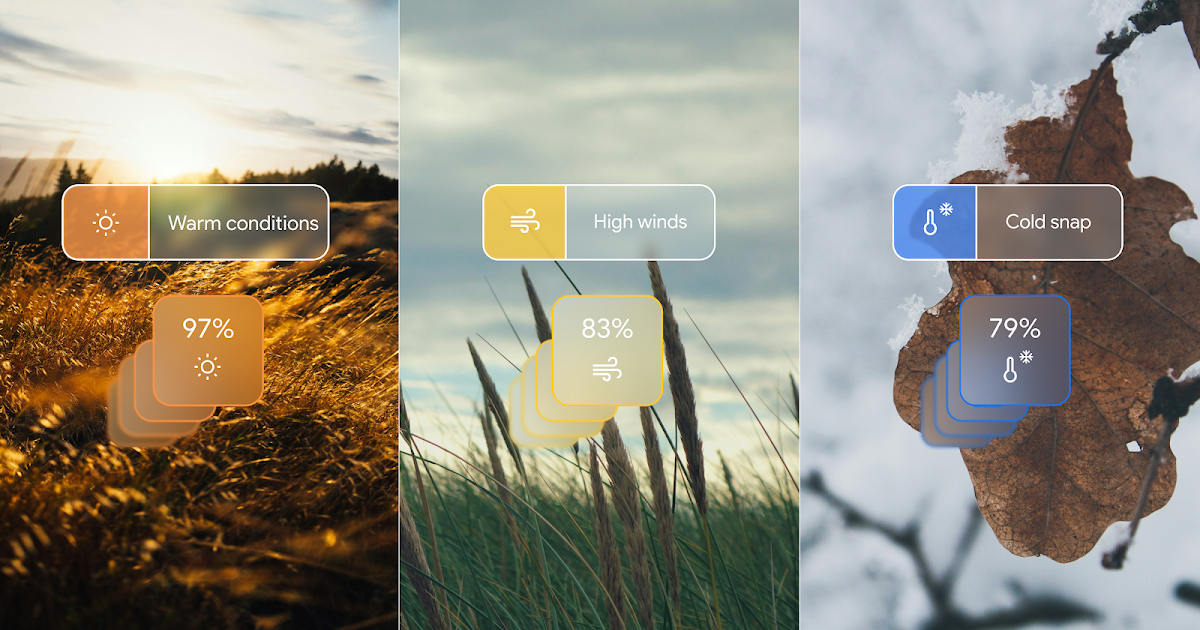GenCast Harnesses Advanced Technology for Highly Accurate Weather Predictions and Extreme Condition Risk Assessment

Advancements in Weather Forecasting with GenCast
Understanding Weather Forecasting
Accurate weather forecasting is vital for daily life, impacting decisions about travel, safety, and even leisure activities. With climate change increasingly triggering more extreme weather events, reliable forecasts are more important than ever. Traditional forecasting methods can only predict weather accurately for a few days ahead, making it crucial to develop models that can extend this timeframe.
What is GenCast?
Recent developments have led to the introduction of GenCast, a new artificial intelligence (AI)-driven ensemble weather forecasting model. This model offers predictions for up to 15 days ahead with a higher degree of precision than previous systems, particularly the European Centre for Medium-Range Weather Forecasts’ (ECMWF) operational forecasts.
How Does GenCast Work?
GenCast operates using a high-resolution format (0.25°) and is built on a probabilistic framework, producing a set of diverse weather scenario predictions rather than a single forecast. It employs a method called ensemble forecasting, which combines multiple predictions to showcase a range of possible weather outcomes. This is essential, as it helps decision-makers understand different scenarios and their probabilities, enabling them to prepare effectively for various weather conditions.
The model was developed using nearly 40 years of historical weather data from ECMWF’s ERA5 archive. This data encompasses various weather variables such as temperature, wind speed, and atmospheric pressure, allowing GenCast to learn global weather patterns and create more sophisticated predictions.
Advantages of GenCast Over Other Models
Enhanced Forecasting Accuracy
In rigorous evaluations, GenCast demonstrated its superiority over the traditional ECMWF’s ensemble model, outperforming its accuracy by a significant margin. Specifically, GenCast proved to be more accurate in 97.2% of the tested forecast variables, excelling particularly in predicting conditions beyond 36 hours.
Faster Processing Time
Another significant advantage is GenCast’s efficiency. It can generate a complete 15-day forecast in just eight minutes using advanced technology. In contrast, traditional models often require extensive computational resources and several hours to provide forecasts.
Focus on Extreme Weather Predictions
GenCast has excelled particularly in forecasting extreme weather events such as heat waves, cold snaps, and high winds. These improvements allow for more proactive measures to protect lives and property, assisting officials in making timely decisions regarding disaster preparedness.
Contribution to Climate and Energy Planning
In addition to enhancing weather predictions, GenCast also plays a role in renewable energy sectors, specifically in wind resource management. More reliable forecasts can significantly improve wind power generation processes, thus fostering greater adoption of sustainable energy sources.
Collaboration and Open Access
GenCast is part of Google’s expanding suite of AI-based weather forecasting tools. The research team has made GenCast open-source, encouraging collaboration within the weather forecasting community. They have released the model’s code and weights, enabling others to use the model in their research and applications. By working alongside meteorology experts and agencies, Google aims to refine forecasting models further and address climate-related challenges effectively.
This collaborative approach is essential as traditional methods of weather forecasting provide foundational data that power AI models like GenCast. The synergy between advanced AI techniques and established meteorological practices is shaping a new frontier in weather forecasting.
In summary, the development of GenCast presents exciting possibilities for weather prediction, enhancing accuracy and efficiency while addressing the urgent need for better forecasting in an era of climate change. This model stands as a significant advancement in a crucial field, with potential benefits that extend far beyond scientific study, impacting energy planning, disaster preparedness, and daily decision-making for communities around the world.





